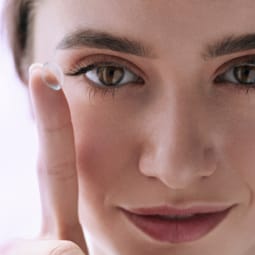What is Conjunctivitis?
“Pink eye,” medically known as conjunctivitis, is an inflammation of the conjunctiva, the thin membrane covering the whites over your eye, resulting in redness and inflammation that can irritate your eyes.
What Causes Conjunctivitis?
There are three most common causes of conjunctivitis: viruses, bacteria, and allergies. Viruses and bacteria are highly contagious and can spread from person to person at a rapid rate.
Allergic conjunctivitis can happen when you have an allergic reaction to things like pollen or pet hair. When this happens, your body produces antibodies called immunoglobulin E (IgE) that causes cells in the mucous lining of your eye to release histamines, resulting in an allergic reaction.
Symptoms of Conjunctivitis
If you have conjunctivitis, you can experience:
- Redness.
- Irritation.
- Stringy mucus coming from your eye.
- Dirty or gritty feelings in your eye.
- Itchiness.
Conjunctivitis Treatments
Treatment depends on the type of pink eye you have. For viral or bacterial conjunctivitis, your optometrist can recommend medication or eye drops to soothe your symptoms. For allergic conjunctivitis, allergy medication can help you get back to feeling good as new.
Because of how contagious viral and bacterial conjunctivitis can be, it’s extremely important to make sure you try to avoid the general public if you have conjunctivitis caused by viruses or bacteria.

















